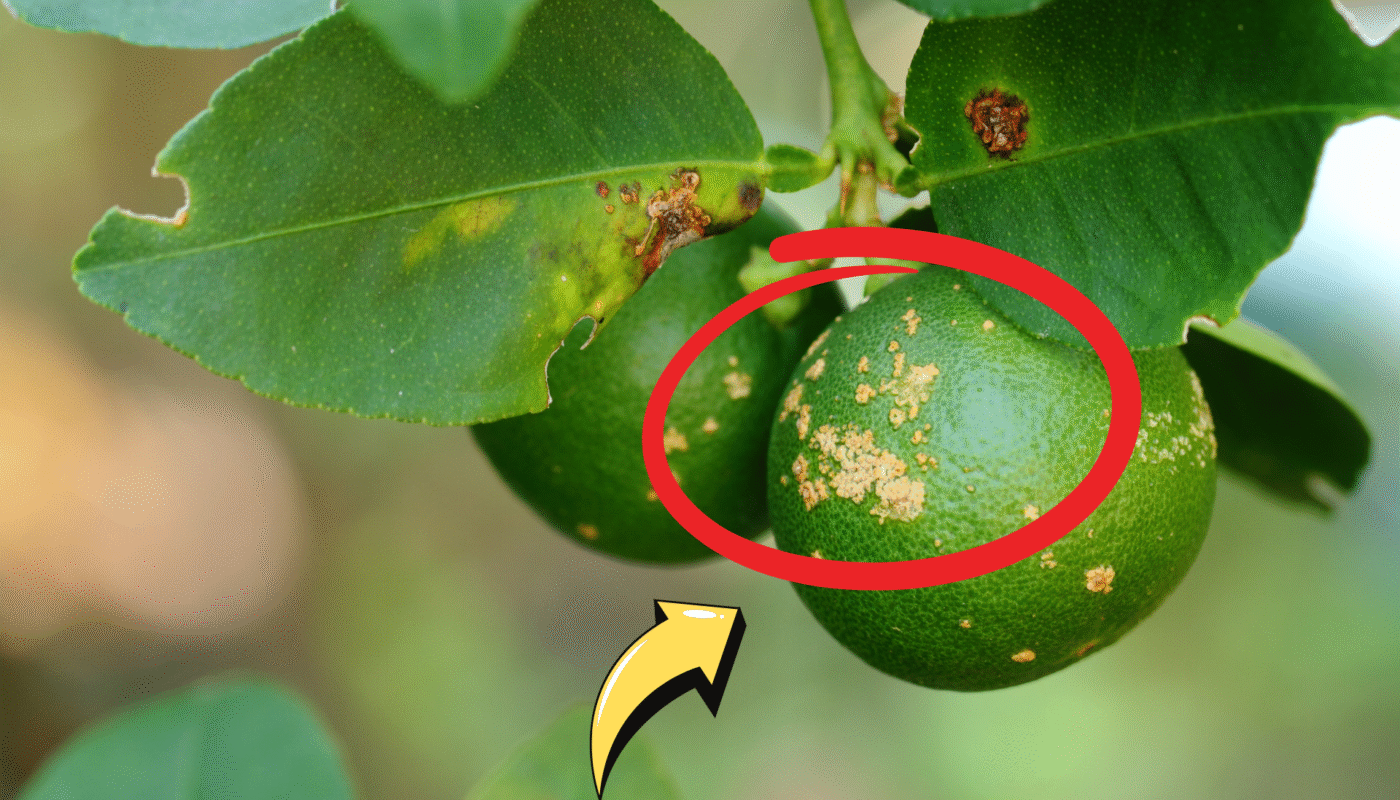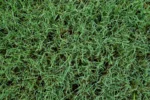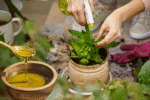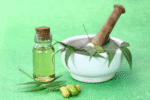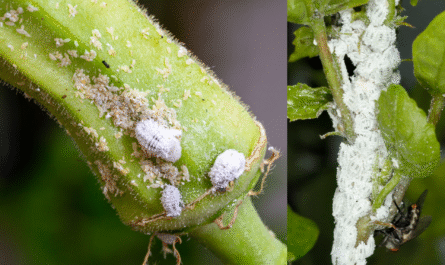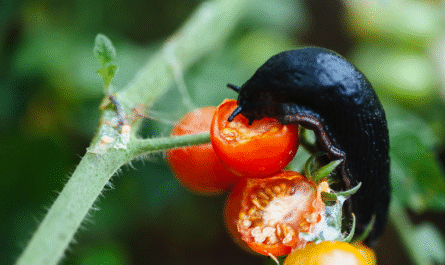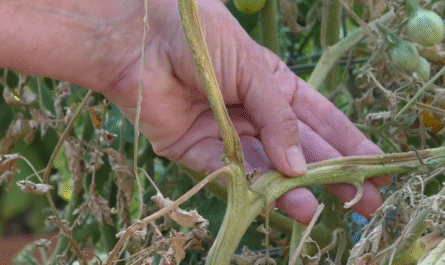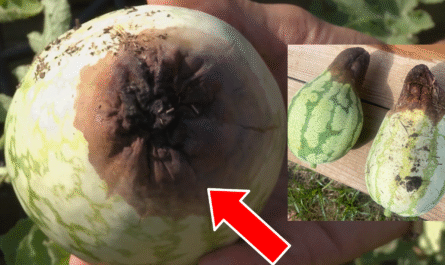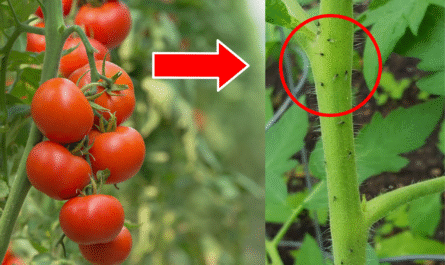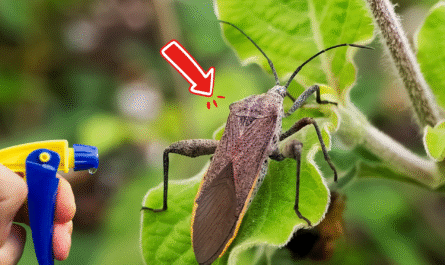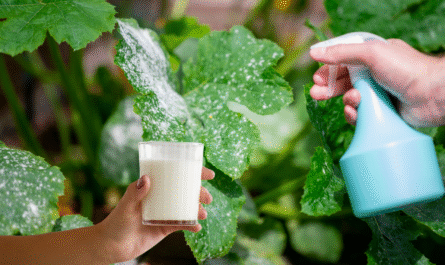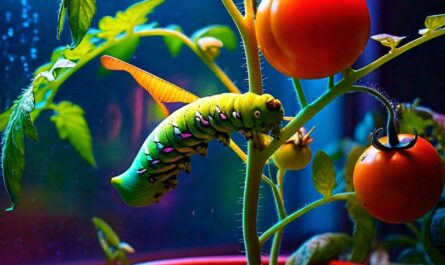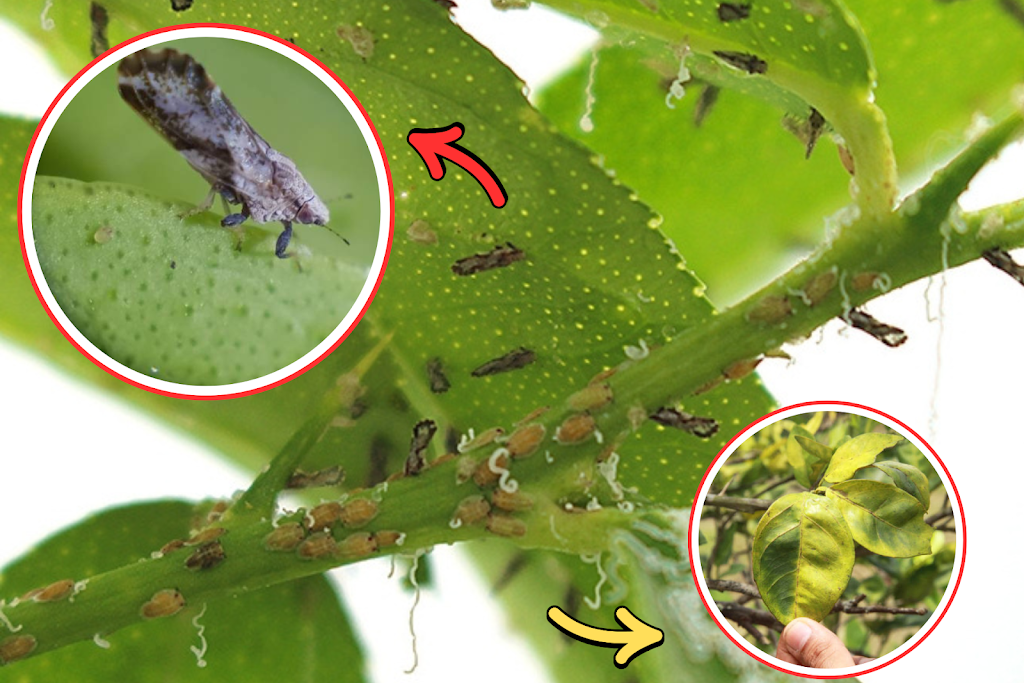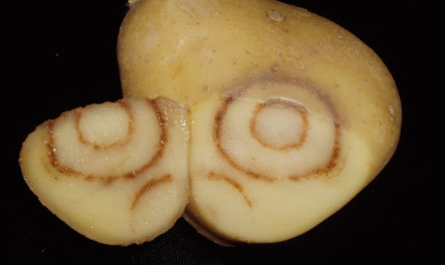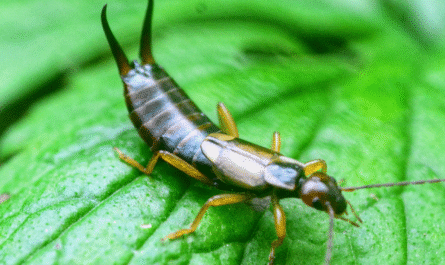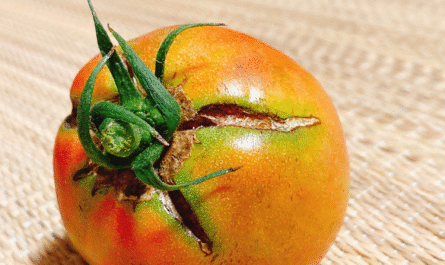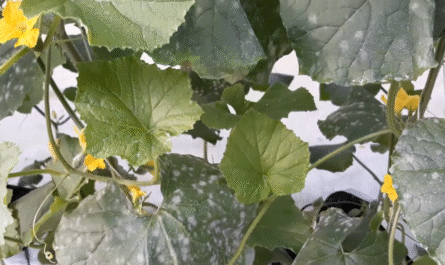Citrus is one of the most important fruit crops globally, with oranges, lemons, grapefruits, and limes being dietary staples and economic pillars in many countries.
However, the health of citrus orchards is constantly under threat from various pests and diseases. One of the most aggressive and feared is Asiatic citrus canker, caused by the bacterium Xanthomonas citri subsp. citri (Xcc).
This bacterial disease can spread rapidly and cause widespread damage to citrus trees, significantly affecting fruit quality and yield.
While it has historically been more prevalent in tropical and subtropical regions, increasing global trade and climate change have made areas in North America and Southern Europe increasingly vulnerable.
This guide will walk you through everything you need to know about recognizing, preventing, and treating Asiatic citrus canker in these regions.
What Is Asiatic Citrus Canker?
Asiatic citrus canker is a bacterial disease that affects all major citrus species. It attacks the leaves, twigs, stems, and fruit, causing raised, corky lesions that eventually lead to defoliation, fruit blemishes, and premature fruit drop.
The disease does not affect humans but renders fruit unmarketable and trees unproductive.
Conditions That Favor Infection
The bacteria thrive in warm, wet environments, making places with heavy rainfall or frequent irrigation susceptible.
Strong winds and storms help disperse bacteria over wide areas. Climate patterns in Florida, California, Texas, Spain, and Italy, regions with citrus industries, make them prime candidates for outbreaks if not managed carefully.
How It Spreads
Xcc is highly contagious. Here’s how it spreads:
- Wind-driven rain carries the bacteria from infected to healthy tissue.
- Infected plant material, such as nursery stock.
- Contaminated tools, clothes, hands, and equipment.
- Insect vectors like the citrus leaf miner facilitate bacterial entry into plant tissues.
Identifying the Disease

Early detection is vital for limiting the spread. Here are the typical signs:
On Leaves
- Small, round lesions that are slightly raised.
- Surrounded by a yellow halo.
- Older lesions become corky and cratered in appearance.
On Fruit
- Lesions resemble those on leaves but are larger and more sunken.
- It may ooze bacterial slime during wet conditions.
- Infected fruit is prone to premature drop and deformation.
On Twigs and Stems
- Raised, corky patches that can cause girdling.
- Over time, these can result in branch dieback.
Prevention Strategies
Because citrus canker is hard to eradicate once it’s established, prevention is crucial.
Quarantine and Inspection
- Import restrictions on citrus plants and plant material are in place in the U.S. and EU.
- Always buy certified disease-free stock.
- Growers should regularly inspect orchards and remove suspicious plants immediately.
Sanitation
- Disinfect tools between tree uses with alcohol or bleach solutions.
- Require farm workers to wear clean clothes and disinfect their boots before entering the groves.
- Do not compost or chip infected trees; burn or properly dispose of them off-site.
Weather Monitoring
- Use weather stations to track humidity and rainfall levels.
- Apply protective measures before predicted heavy storms or rainfall.
Chemical and Organic Treatment Options
While there is no known cure, chemical treatments can significantly suppress bacterial populations.
Copper-Based Bactericides
These are the most effective chemicals available. They create a protective barrier and kill bacteria on contact.
Top Product:
Southern Ag Liquid Copper Fungicide
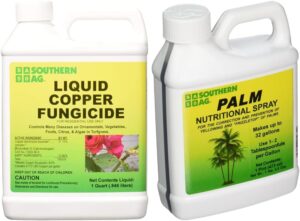
Application Tips:
- Apply before rainy seasons or immediately after storms.
- Reapply every 7–14 days, especially in humid conditions.
Caution: Excessive copper use can accumulate in the soil, damaging beneficial microbes and leading to phytotoxicity.
Organic Alternatives
For organic growers, options include:
- Neem Oil Sprays – Anti-bacterial and anti-fungal, great for preventing leaf miner damage.
- Garden Safe Neem Oil Extract. See product.
- Hydrogen Peroxide + Baking Soda – Foliar sprays can lower surface-level bacterial counts.
Biological Control
Bacteriophages
Bacteriophages are viruses that infect and kill bacteria. Research shows promise in using phage therapy to target X. citri with minimal ecological disruption.
- Though not widely commercialized for home use yet, they are being tested in Florida and parts of the Mediterranean.
Beneficial Microbes
Certain Bacillus and Pseudomonas strains act as antagonists to Xcc and are used in biological foliar sprays.
- Example: Serenade® ASO (Bacillus subtilis) — used widely in organic farming.
Controlling Insect Vectors
Since insects like citrus leaf miners help the bacteria enter plant tissue, controlling them is essential.
Pheromone Traps and Insecticides
- Citrus Leafminer Traps
- Use spinosad-based sprays for minimal environmental impact.
Biological Predators
- Introduce parasitic wasps such as Ageniaspis citricola.
- Maintain habitat diversity to encourage native predators.
Use of Resistant Varieties
While most commercial citrus species are susceptible, some show natural resistance or tolerance to Xcc.
Resistant Species
- Kumquats (Fortunella spp.)
- Calamondin (Citrus mitis)
- Citron (Citrus medica)
Breeding Programs
In both the U.S. and EU, breeding programs are underway to develop canker-resistant varieties through:
- Traditional crossbreeding
- CRISPR and genetic engineering
Florida’s USDA and Spain’s IVIA are leading research in this area.
Government Regulations and Eradication Efforts
In the United States
- Canker is a regulated disease under USDA-APHIS.
- If found, trees may be quarantined or destroyed.
- Florida has spent millions on eradication efforts after a major outbreak in the early 2000s.
In Europe
- The EU has strict phytosanitary controls.
- Spain and Italy have rapid-response systems in place to contain any introductions.
Growers must report suspicious symptoms to their local agriculture departments immediately.
Long-Term Strategy and Best Practices
Grower Education
- Participate in extension programs and workshops.
- Subscribe to regional ag alerts and newsletters.
Precision Agriculture Tools
- Use drone surveillance, satellite imagery, and soil sensors to detect early signs.
- Combine this data with weather predictions to time preventive treatments more effectively.
Economic Considerations
- While prevention can be costly, the economic loss of an outbreak can be far higher.
- Investing in early detection and management tools pays off long-term.
Final Thoughts
Asiatic citrus canker is one of the most destructive citrus diseases on the planet. While it cannot be cured once a tree is heavily infected, early action, strong hygiene practices, insect control, and consistent monitoring can significantly reduce risk and protect entire orchards.
North America and Europe are not immune, and with climate change expanding the disease’s range, vigilance is critical. Fortunately, through integrated pest management, scientific advances, and responsible growing practices, citrus growers can stay ahead of this threat.

